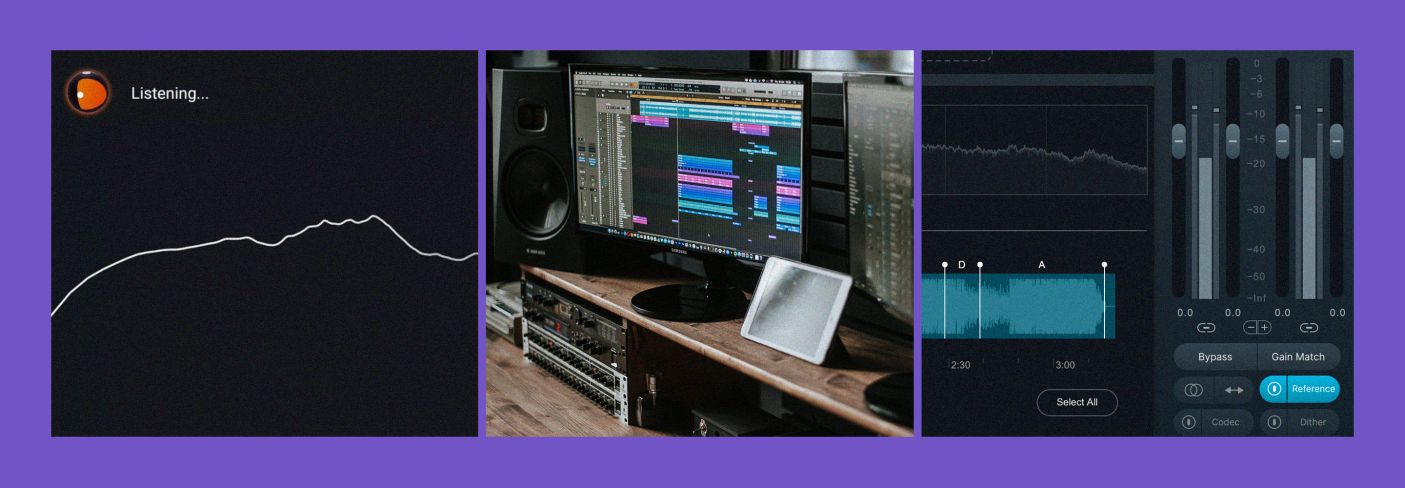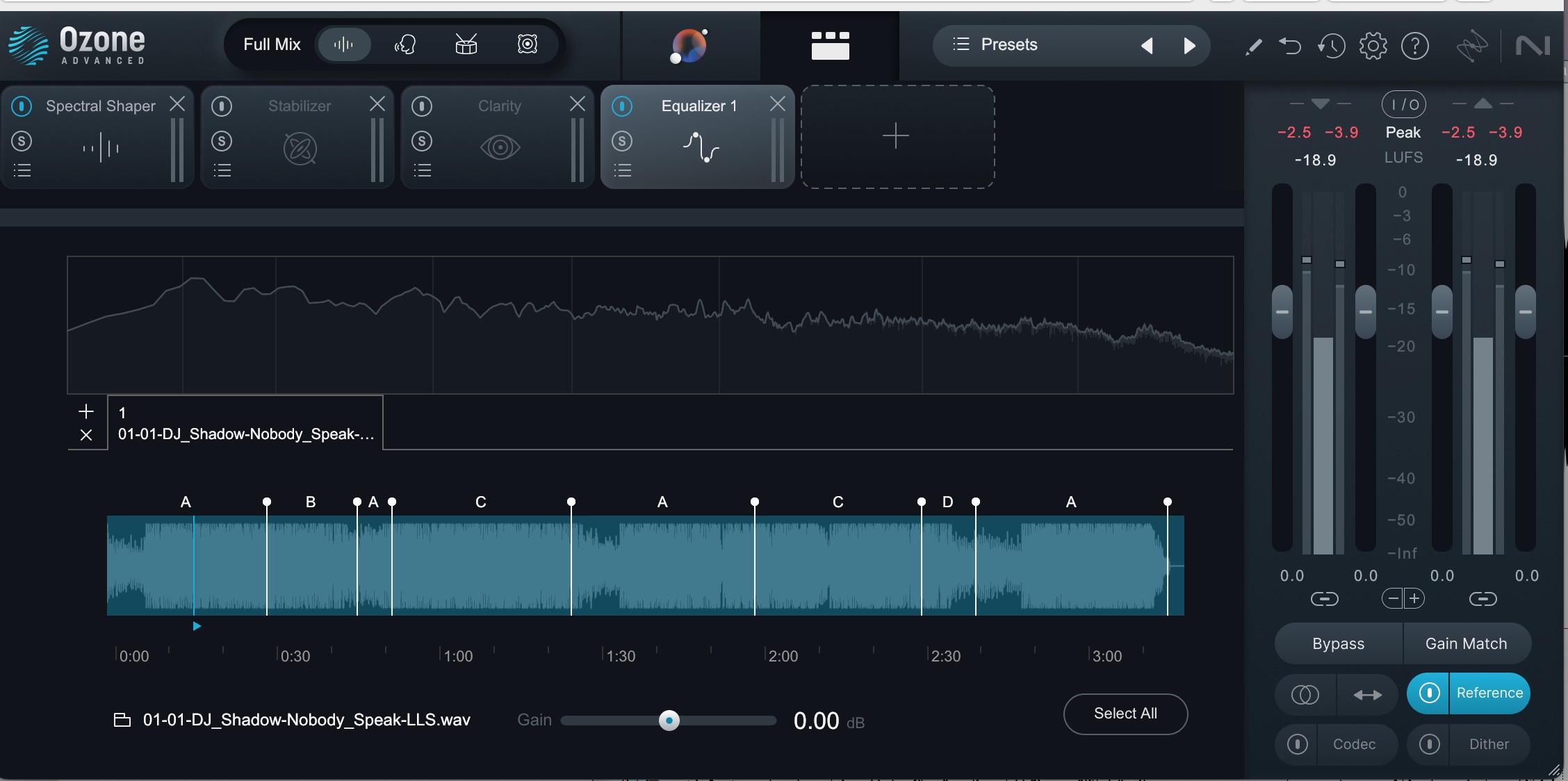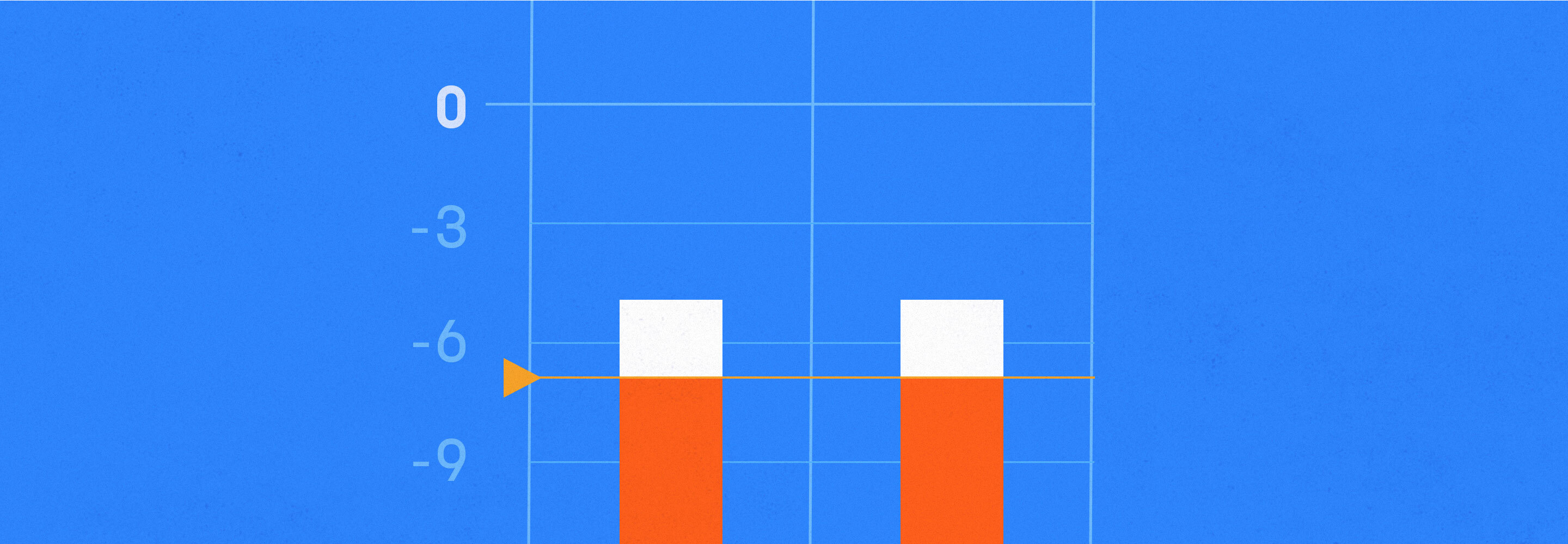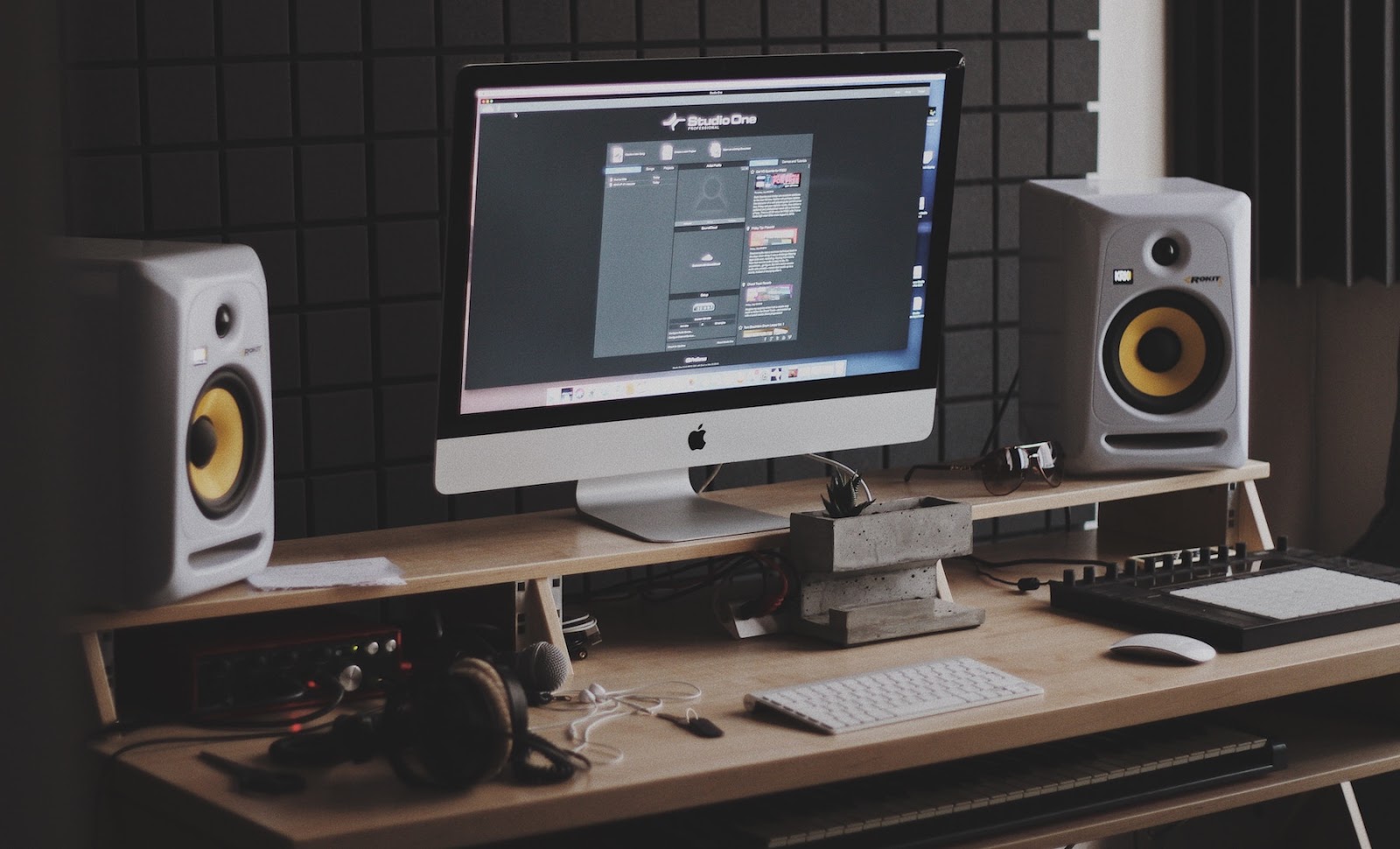
Essential tips for listening to your mix on different playback systems
Avoid common pitfalls when checking your mix on different speakers and headphones. Discover tips for achieving a balanced sound in any listening environment.
If you’re reading this, chances are good you’ve been there: the mix sounds stellar in your studio – deep, wide, punchy. The bass rattles your room just so, the vocals sit perfectly atop the instruments, the reverb tail glistens at exactly the right moment. Then you hop into your car, or throw on your favorite headphones, and suddenly the magic vanishes. The bass flubs out or disappears altogether. The vocal feels glued behind the kick drum. Something just isn’t right.
So why does this happen? And more importantly, how do you keep it from happening again? This article is all about what to expect when about such issues of translation, because getting your mix to hold up across different environments is the final boss of mixing.
Follow along with this tutorial using Audiolens, a free desktop app that helps with track referencing by analyzing audio from any source, including streaming platforms.
Every playback system tells a different story
Gregory House of the eponymous TV show loved to say “everybody lies.” This is true, and in the world of audio, every playback speaker lies, doing so in its own special way. Each playback system has its own EQ and transient signature inherent in its design – and this makes it different to every other playback system you’ll listen to.
Ain’t that a kick in the pants? The “honest” studio monitor you swear by has its blind spots, just as your earbuds do. Your car stereo has its own flavor of trickery – usually hyping certain low mids or subs depending on the make and model, not to mention the peculiar “acoustic treatment” offered by your backseat and trunk.
Your brain’s deception: the unseen EQ
One of the more frustrating truths in audio is that your mix never really leaves your room intact. It’s shaped – sometimes gently, sometimes mercilessly – by every system and space you play it through. But here’s the twist: it’s not just the speakers or the room doing the shaping. It’s your brain, too.
When you listen to a song you love – a track you’ve heard a hundred times – your brain does you a favor. It smooths out the bumps and lumps of the playback system. Maybe the bass is too loud in your friend’s living room, or the treble is shrill on their cheap kitchen radio, but you barely notice. You know how the song should sound, so you mentally fill in the blanks. In a way, your brain equalizes the system for you.
But when you listen to something you’ve been laboring over, you lose that helpful filter. Now, every quirk in the playback chain becomes painfully obvious. Instead of just hearing the mix, you hear the room exaggerating some harsh high-mids, or the car swallowing everything in bass. You’re not listening through the system – you’re hearing the system on top of your work, like an extra, unwelcome layer of EQ.
This is why translation trips up so many new mixers. It’s not just that your speakers have limitations – it’s that your perception does, too. You haven’t built that deep, forgiving familiarity with your own mix yet. You’re still hunting for flaws, and the environment loves to offer you plenty.
The fix isn’t to get cynical and stop caring. The fix is to get methodical: keep checking your mix in different places. Learn how each system colors the sound. And build enough time into the process that your brain starts to treat your mix like any other record – something it knows well enough to compensate for the flaws in the room. When you get there, you’ll notice the panic goes away. You trust what you’re hearing, wherever you’re hearing it.
Go beyond the “average” mix
It’s been said that if you take the “average” of these different listening environments, you’ll get exactly that: an average mix. To some extent this is true: if you pit different playback systems and acoustic environments off each other, you’ll end up fighting yourself in the mix.
So here’s the trick:
Make your anchor environment as good as it can be. Use the best acoustic treatment you can find to fit the best speakers you can afford into the best room you have. And then learn what the other common environments get you beyond your listening environment.
How do we learn this? A couple of truisms will hold true from system to system. However, using reference mixes – songs you know deeply from your life, and chosen with a specific purpose – will instantly help you identify issues in your own mix.
So let’s take some common places and see what we can glean.
Unmask low-end lies with the crucial car test
Some people joke that a mix isn’t finished until you’ve driven it around the block. I’d argue this cliché survives because all cars tend to illustrate the same issue plaguing mixing engineers: deficiencies of low end – particularly in the sustain of sub and bass material.
So here are some things to keep in mind:
The audience of one
99 percent of the time, you are mixing for a very specific audience of one: the client, and their various sound systems. Even the most established mixers in the world take on jobs from artists you will never hear of – poor souls who will languish in obscurity for their whole lives. For these unfortunate artists, their audience is pretty much them and them alone, so you have to deliver a product that sounds good to them on their consumer-grade systems, including their car. Keep this in mind when working with such clients.
Cars are not studios
Cars are weird listening spaces. The seats, the windows, the dashboard – everything conspires to reinforce or cancel frequencies in unpredictable ways. Add road noise, engine rumble, and suddenly your pristine top end might feel harsh or smeared, or your low end might swamp the whole mix.
But cars do have a way of showing you if your mix is muffled
So what do you listen for? Start by paying attention to your low end. Can you still hear the kick and the bass guitar clearly, or do they blend into an indistinct thud? Is the kick punchy or is it lingering too long? Is the bass clear, or if you could mouth it as a syllable, would that syllable be “DOOF!”?
All of the predicates in these questions are indicators that you have work to do on the low end.
Don’t forget to use reference tracks
I like to play a reference track I know intimately before hitting play on my own mix. This resets my ears to how the car behaves – an essential trick if you want to keep your ego in check. If you’re bringing your laptop into the car for such a test, you can use Audiolens, MetricAB, or Ozone’s reference panel to visually crossreference what you’re seeing with what you’re hearing.

Ozone reference panel
If you’re just going off your iPhone or a portable device, I recommend something like Samply.app, which is specifically for producers, mixing engineers, and mastering engineers. I have a playlist there called WIP.
It houses my reference tracks and whatever I’m working on. If I’m car testing, that’s what I’m using – that, and my regular old Radio!
I have rock, pop, indie, hip hop, and CCM stations plugged into my car’s radio. The conventional genres are all self explanatory. The CCM might seem a little out of right field for a lefty like me, but I don’t have it for any religious reason. No, that stuff all tends to sound a certain way, and I want to see how my work fares against it.
I try to level match against the radio stations and see how I’m doing. I have to be ruthless.
Your intimate (and sometimes deceptive) view when listening in headphones
Headphones give you an intimate perspective on your mix. They excel at revealing micro details – harsh consonants, squeaky chair noises, weird reverb tails. But they’re also misleading when it comes to stereo imaging and low end. No room means no reflections, no standing waves, no acoustic interactions. Translation: your brain isn’t getting the same experience it will when listening through speakers in a real space.
I recommend checking your mix on at least two pairs of headphones. One should be your “good” cans: open-back, relatively flat, the ones you trust. The other should be closer to what your listener might use – your everyday Bluetooth earbuds, for example. These have hyped bass and scooped mids by design. If your vocal sounds clear and just as you intended on both, you’re doing something right.
Again pay attention to bass: Headphones often lie to you in not giving you enough bass, and tricking you into pushing more of the bass up. Use your reference mixes here to clear out your brain in this regard.
Don’t forget to use reference tracks
Once again, you will hear the unique signature of your headphones more when you listen to your own work. That’s why you always bring along touchstone reference tracks to be your solid northstar – something you know like the back of your hand.
Harness the power of passive listening
Listening to your mix in a living room, kitchen, or bedroom can also be revealing. Whether you’re using a clock radio, a soundbar, or a modest stereo system, the nature of how you listen will tell you something interesting about your work.
See, these setups tend to collapse your carefully crafted stereo image into something closer to mono – something like a big cohesive block of music. It’s true that almost no one listens in mono, but people still stand far enough away from their listening systems that mono compatibility matters.
What you’re really checking here is how gracefully your mix folds down. Does the vocal still pop through the TV chatter in the next room? Does the groove feel steady and clear enough to fill the space without fighting for attention?
Don’t forget to use your references
This kind of listening is about context as much as fidelity. People don’t gather around the hi-fi in pin-drop silence anymore – they half-listen while chopping vegetables, folding laundry, or talking over each other on the couch. So when you play your mix through a cheap soundbar or a tinny kitchen radio, ask yourself: does this still feel like a record? Or does it fall apart when it’s forced to blend into the background?
Again, a great way to answer these questions is to drop your mix into a playlist of other material and hit shuffle as you go about your business. Yes you’ll always stop and notice when your mix comes on – but if you notice a bad difference between what came before and what you’re hearing now, that tells you something. Write down your thoughts, and come back to your studio to sort out the issue.
Expose harshness and clarity with the dreaded phone test
God I hate the phone test. Who doesn’t.
It’s also one of the quickest ways to expose whether your mix holds up where so many people actually hear music – straight from their pocket. Tiny phone speakers strip away almost all your sub bass and squash your stereo image into near mono. What’s left is the upper midrange and top end, which means any harshness or brittle edges are going to leap out at you with nowhere to hide.
Don’t forget to use your references
When you’re listening on your phone, line your mix up next to your reference track and really pay attention: does your vocal feel as smooth as the reference, or does it grate just a bit more? Do your cymbals and consonants poke your eardrums in a way your favorite commercial track doesn’t? Or maybe it’s too dull and muffled by comparison. A phone speaker exaggerates both extremes, so it’s the perfect gut check for whether your top end sits comfortably in the real world.
If it can hang with the feel of the reference – even in that tiny box – you’re probably on the right track.
Use reference tracks as your north star
By now it should be clear: every playback system is a filter on top of your mix – including the one you mixed it on! Some boost the lows, others roll them off completely. Some speakers smear the stereo image, some make it too wide. Road noise, ear fatigue, room acoustics – they all conspire to keep you humble.
It should also be clear that when it comes to environments outside your studio, touchstone reference tracks can really equalize your brain. There’s a reason I brought it up in every section.
When in doubt, keep your focus on the things that matter most: vocal clarity, groove, emotional impact. And if you’re feeling stuck, remember: every professional mixer you admire once sat in a car, staring at the dashboard in disbelief, wondering why the snare had vanished. The difference is they kept going. So will you.
Now go check that mix in the car, on your phone, or in your living room – provided you can afford any of those things in the hellfire landscape of the mid 2020s.


